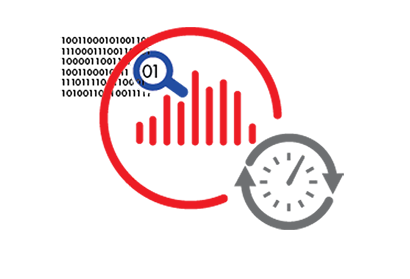In the previous article of the series Modeling for Concurrency, we saw how to model your application for highly concurrent activity. It was a follow-up to the article entitled PostgreSQL Concurrency: Isolation and Locking, which was a primer on PostgreSQL isolation and locking properties and behaviors.
Today’s article takes us a step further and builds on what we did in the previous articles in our series. After having had all the characters from Shakespeare’s A Midsummer Night’s Dream tweet their own lines in our database in PostgreSQL Concurrency: Data Modification Language, and having had them like and retweet a lot in PostgreSQL Concurrency: Isolation and Locking, we saw how to manage concurrent retweets in an efficient way in Computing and Caching.
What we did implement in the previous article is a cache system, all with its necessary cache invalidation policy. Sometimes though, the processing of an event needs to happen within the same transaction where the event is registered in your system. PostgreSQL makes it possible to maintain a summary table transactionally thanks to its trigger support. Today, we’re going to dive in how to maintain a summary table with triggers, and its impact on concurrency.


